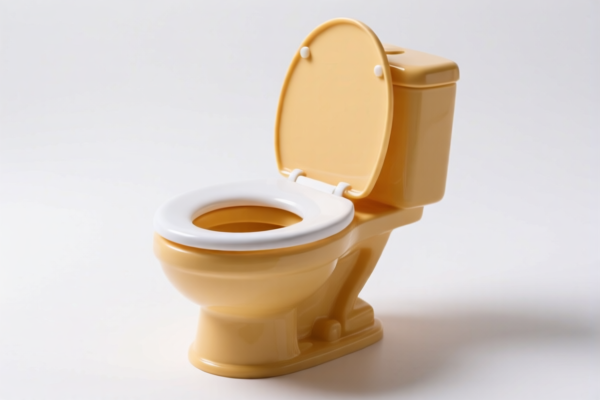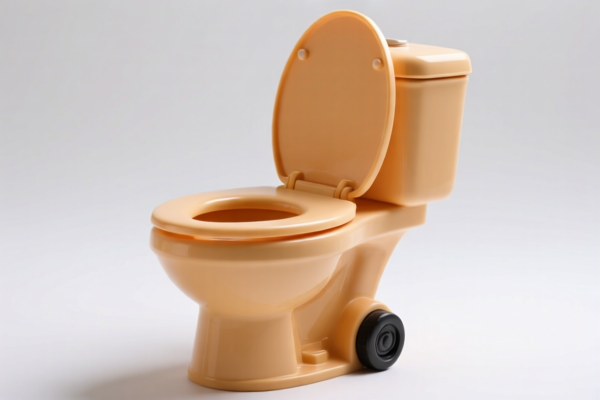| HS Code | Official Doc | Tariff Rate | Origin | Destination | Effective Date |
|---|---|---|---|---|---|
| 8451100000 | Doc | 55.0% | CN | US | 2025-05-12 |
| 8451100000 | Doc | 55.0% | CN | US | 2025-05-12 |
| 8479899560 | Doc | 32.5% | CN | US | 2025-05-12 |
| 8508600000 | Doc | 55.0% | CN | US | 2025-05-12 |
| 8508190000 | Doc | 55.0% | CN | US | 2025-05-12 |




Car Washing Machine
A car washing machine is a mechanical device designed to automate the process of cleaning vehicles, primarily automobiles. These machines vary significantly in complexity, from simple, manually-operated devices to sophisticated, fully automated systems.
Materials
Common materials used in car washing machine construction include:
- Stainless Steel: For structural components, nozzles, and areas exposed to water and cleaning chemicals due to its corrosion resistance.
- High-Density Polyethylene (HDPE): Used for brushes, rollers, and housings, offering durability and chemical resistance.
- Aluminum: Found in frames and some structural parts, providing a lightweight yet strong base.
- Electric Motors & Pumps: Essential for powering water jets, brushes, and conveyor systems.
- PVC/Rubber: Used in hoses, seals, and other flexible components.
- Electronics: Control panels, sensors, and timers are comprised of various electronic components.
Purpose
The primary purpose of a car washing machine is to efficiently and effectively remove dirt, grime, salt, and other contaminants from a vehicle's exterior and, in some cases, interior. This improves the vehicle’s appearance, protects the paintwork, and can help maintain resale value.
Function
Car washing machines function through a combination of the following processes:
- Pre-Soak: Applying a detergent solution to loosen dirt.
- Washing: Using brushes, rollers, or high-pressure water jets to scrub the vehicle's surface.
- Rinsing: Removing soap and loosened debris with clean water.
- Drying: Utilizing air blowers or specialized drying agents to eliminate water spots.
- Waxing/Polishing (Optional): Applying protective coatings to enhance shine and protect the paint.
- Undercarriage Wash (Optional): Cleaning the underside of the vehicle to remove salt and corrosion-causing elements.
Usage Scenarios
- Commercial Car Washes: High-volume operations serving a large customer base.
- Self-Service Car Washes: Facilities where customers manually operate the washing equipment.
- Automatic Car Washes: Fully automated systems, often found at gas stations or dedicated car wash locations.
- Home Use: Smaller, portable machines for personal vehicle cleaning.
- Industrial/Fleet Washing: Larger, heavy-duty systems for cleaning buses, trucks, and other commercial vehicles.
Common Types
- Brush Car Washes: Utilize rotating brushes to physically scrub the vehicle. These are common but can potentially cause swirl marks on paint if brushes are not well-maintained.
- Touchless Car Washes: Rely on high-pressure water jets and detergents to clean the vehicle without physical contact. Generally considered gentler on paint but may be less effective on heavily soiled vehicles.
- Roller Car Washes: Employ soft rollers to apply soap and scrub the vehicle. These are often found in older facilities.
- Gantry Car Washes: Feature a fixed frame with multiple spray nozzles and drying systems that move across the vehicle. Common in fleet washing.
- Tunnel Car Washes: Vehicles pass through a tunnel where various washing and drying stages are applied sequentially.
- Self-Service Bays: Customers use a wand with adjustable settings to wash their own vehicles.
- Portable Car Wash Machines: Compact, often electric-powered units for home use, typically using a pressure washer and brush attachments.
Car washing machines fall under the category of machinery used for washing. Based on the provided information, the following HS codes are relevant:
-
8451100000: This HS code covers machinery (other than machines of heading 8450) for washing, cleaning, wringing, drying, ironing, pressing (including fusing presses), bleaching, dyeing, dressing, finishing, coating or impregnating textile yarns, fabrics or made up textile articles and machines for applying the paste to the base fabric or other support used in the manufacture of floor coverings such as linoleum; machines for reeling, unreeling, folding, cutting or pinking textile fabrics; parts thereof: Dry-cleaning machines. While primarily focused on textile processing, the broader category includes washing machinery.
- Chapter 84: Nuclear reactors, boilers, machinery and mechanical appliances; parts thereof.
- Heading 8451: Machinery (other than machines of heading 8450) for washing, cleaning, wringing, drying, ironing, pressing (including fusing presses), bleaching, dyeing, dressing, finishing, coating or impregnating textile yarns, fabrics or made up textile articles and machines for applying the paste to the base fabric or other support used in the manufacture of floor coverings such as linoleum; machines for reeling, unreeling, folding, cutting or pinking textile fabrics; parts thereof.
- Subheading 8451100000: Specifically covers dry-cleaning machines, but falls under the broader washing machinery category.
-
8479899560: This HS code covers Machines and mechanical appliances having individual functions, not specified or included elsewhere in this chapter; parts thereof: Other machines and mechanical appliances: Other: Other Automotive maintenance machines. Car washing machines can be classified as automotive maintenance machines.
- Chapter 84: Nuclear reactors, boilers, machinery and mechanical appliances; parts thereof.
- Heading 8479: Machines and mechanical appliances having individual functions, not specified or included elsewhere in this chapter; parts thereof.
- Subheading 8479899560: Specifically covers other automotive maintenance machines.
-
8508600000: This HS code covers Vacuum cleaners; parts thereof: Other vacuum cleaners. Some car washing machines may incorporate vacuum functionality.
- Chapter 85: Electrical machinery and equipment.
- Heading 8508: Vacuum cleaners; parts thereof.
- Subheading 8508600000: Specifically covers other vacuum cleaners.
Regarding HS code 8451100000, please note that the tax rate is a base rate of 0.0%, an additional tariff of 25.0%, and an additional tariff of 30.0% after April 2, 2025, resulting in a total tax rate of 55.0%. Regarding HS code 8479899560, the tax rate is a base rate of 2.5%, an additional tariff of 0.0%, and an additional tariff of 30.0% after April 2, 2025, resulting in a total tax rate of 32.5%. Regarding HS code 8508600000, the tax rate is a base rate of 0.0%, an additional tariff of 25.0%, and an additional tariff of 30.0% after April 2, 2025, resulting in a total tax rate of 55.0%.
Customer Reviews
No reviews yet.